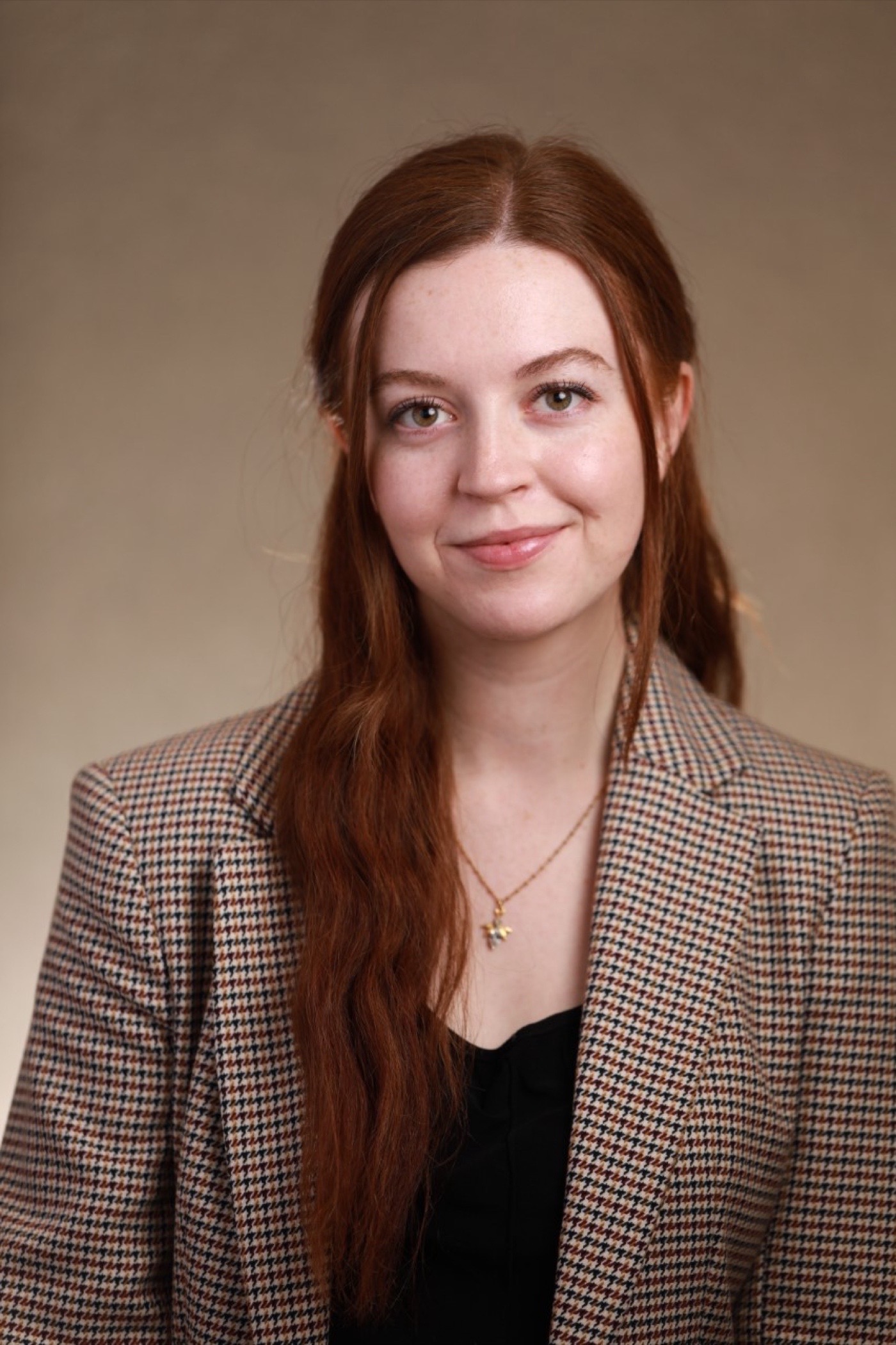by Mors Smith
Hello College of Fine Arts students!
Arts education is an important part of the fine arts, but often overlooked. To learn more about arts education, I interviewed Utah Museum of Contemporary Art (UMOCA) former K-12 Educator Golda Dopp Ovalles. Golda was responsible for UMOCA’s educational curriculum and their Traveling Art Museum. UMOCA is a non-profit organization and was founded in 1931. Since then, they have been a hub for the growing art scene in Utah, and a great place for people of all ages to learn about the arts.
The Traveling Art Museum, or Art Truck for short, is a project that aims to help bridge the gap for those in Utah who are not able to go to UMOCA. Each year, UMOCA educators travel to K-12 schools to share a new exhibition inside the Art Truck. The project is funded by the Professional Outreach Program in Schools, or POP grants, in the state of Utah. To qualify for the funding, UMOCA must visit each school district in Utah within 3 years. During each visit, they see about 8-10 classes, back-to-back. Students can go inside the truck for a 30-minute presentation, and then learn more with their teachers, who are prepared ahead of time with extra content and lesson plans from the Educator Manual related to the exhibition.
Another important aspect of employment in the arts, especially in an education context, is the ability to advocate for and clearly communicate the value of the arts. I asked Golda how she approaches advocating for the arts in her position.
“While at UMOCA, I have refined my ability to communicate the impact and necessity of the arts in Utah’s education system. For me, the most crucial component of advocacy is understanding my audience. I advocate for funding with the legislature, I advocate for our programming by inviting teachers to participate, and I advocate for internal innovations with our Director. Each party is compelled by different statistics and stories, so I am constantly gathering data that will strengthen my stance. I also must understand the audience I am serving by constantly learning about our student body demographic and how I can best engage them.”
Golda stressed the importance of working together with teachers to help them with the state’s education standards, so they could get the most out of their visit to UMOCA or to the Art Truck. Ultimately, the program helps all involved understand the value of the arts in education.
I asked what challenges she has had to face with pursuing a career in the arts.
“I think most of mine are specific to a non-profit. The same things that make it so wonderful are the same things that make it challenging,” she explained. “For example, I'm so passionate about what I do, and so are my colleagues. That can make it hard to strike a good work-life balance because you're so invested in it…You still need to prioritize taking care of yourself so you don't burnout.”
This sentiment is one that I see very often in the arts, and it's important to take it to heart. Finding a good work-life balance is important even when you enjoy your work.
Reflecting on her career, Golda also offered advice about searching for employment within the arts.
“Sometimes finding a job can be challenging. The way that I landed this position was interning. I think it's so important to get real world experience in your undergrad or while you're a student, because academia is way different than a full-time job.”
Being able to make connections while in school is crucial. It can make a huge difference in finding a job once you graduate. Being a student also opens you up to unique networking opportunities and mentorships. For me, being able to intern with ArtsForce has helped my professional development grow and has helped me build connections in the arts.
Outside of K-12 Education, Golda mentored interns who helped craft educational content for UMOCA. I wondered what skills she thought were most important for students.
“I think you just need to be comfortable trying things, throwing ideas at the wall, taking the initiative. If you see a project you'd be interested in –– I love when interns are like, ‘Hey, can I do this? Can I create this worksheet to go along with this manual or this exhibition?’ I love when they show that they're proactive, and that they're not afraid to make a mistake. Questions are great, but I love when they try it first.”
Golda then summarized the overall qualities that she looks for in interns.
“What I am looking for in an intern is initiative, problem-solving skills, and confidence. I am most impressed when interns identify an opportunity for growth in the education department and then present a thoughtful solution.”
Taking initiative can be kind of scary when we don’t have professors to guide us along the way. But once we hit the workforce, being able to take that first step and voice our ideas can make all the difference.
Lastly, I asked Golda for her biggest piece of advice to current fine arts students.
“I don't want it to be overwhelming to consider being hired on once you graduate, but you do have to look to that horizon. Once you do start the job search after, of course, you have interned and networked, I would focus on specific places you'd be interested in working rather than just a blanket job search on Google. Even while you're a student, be looking: ‘Okay, I'd really like to work at UMOCA. I'm going to keep an eye on their job descriptions and what kind of skills they're looking for so I can be building them now.’ Because your degree is only one checkmark on that qualification.”
As a ceramic artist, this really resonated for me. I don’t often see “traditional” jobs for ceramics. Being able to focus on my job search by organization rather than position really helped shift my worries about jobs. Find places you would enjoy working at and keep an eye on them! Don’t be afraid to reach out to organizations.
Jobs are out there in the arts, it just helps to have strategies to find them.
ArtsForce Takeaways
-
Take initiative and don’t be afraid to make mistakes.
-
Start making connections and find places you want to be involved in.
-
Find a good work-life balance to avoid burnout.

